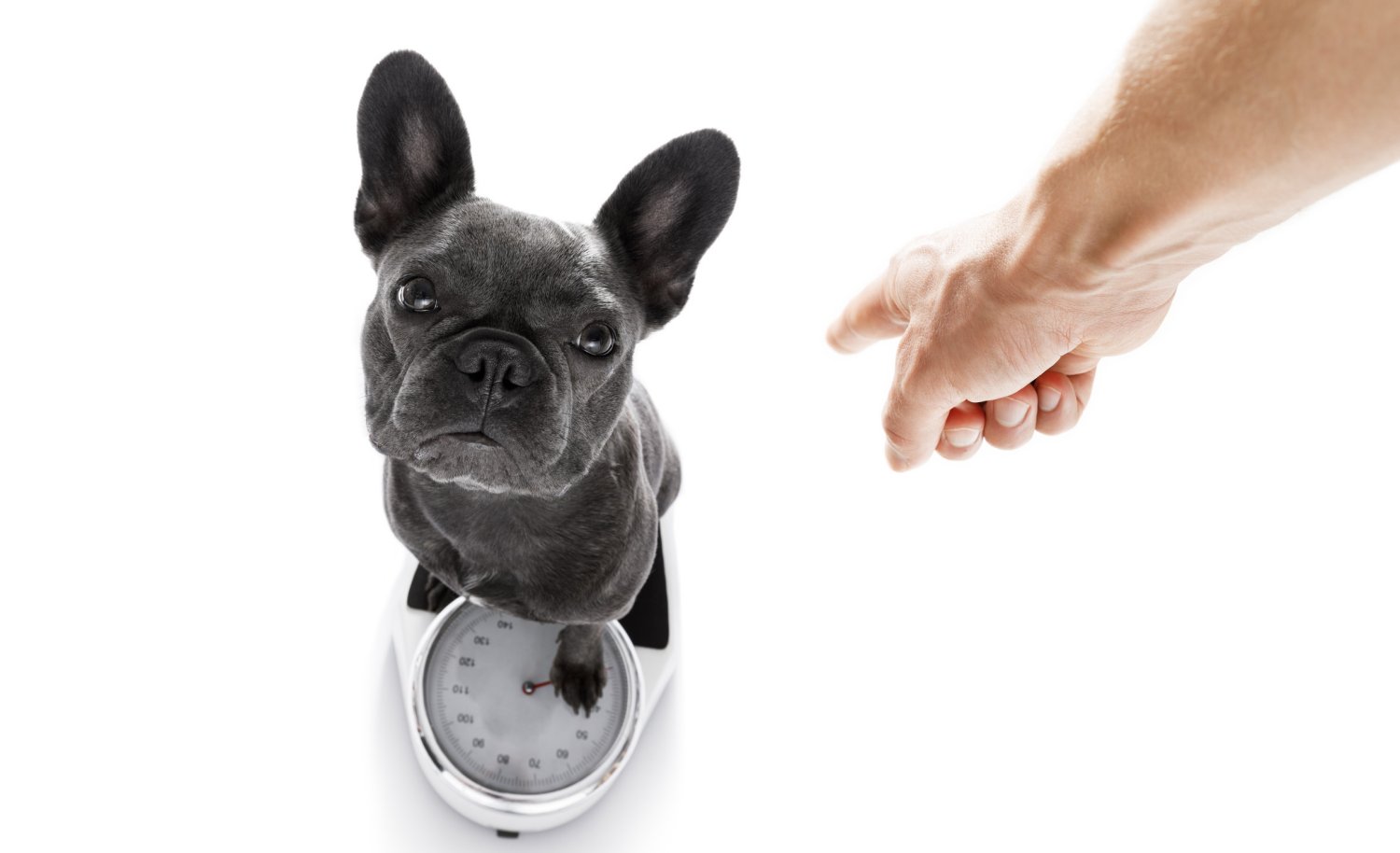by Matt Weik, BS, CSCS, CPT, CSN
Go grab yourself some human kibble. At least, that’s what social media wants you to do.
William Kim’s TikTok videos shouldn’t be popular, but somehow they are. They are long, almost minimal, and have no music, flashy cuts, or on-screen text to grab attention. Each one begins with the same strange declaration: “This is my food. My food is me.”
I stumbled upon one of his videos a few weeks back when someone showed it to me. I couldn’t stop laughing.
It seems like every few days, he films himself chopping about 10 pounds of vegetables, cooking them in a skillet without salt or spices, then mixing them with plain chicken breast, tofu, and a blend of brown rice, quinoa, and legumes. He calls it “My Food,” and it’s all he eats, every single day.
In simple terms, Kim has made “human kibble.”
We’ve unfortunately seen all types of extreme diets over the years, from raw meat devotees to the all-bean evangelists. This might not sound too wild. What makes Kim’s videos fascinating is the why. He’s not chasing aesthetics, selling an e-book, or promoting a health app.
As he puts it in one video: “I honestly don’t eat my food for health reasons. I just don’t like thinking about what I want to eat each and every day.”
In another, he adds, “I have no idea what micronutrients are in my vegetables. Just like microplastics, I really couldn’t care less about micronutrients. I just eat this because it looks beautiful.”
This viral TikTok video has sparked interest in what’s being called “human kibble.” The video’s popularity has inspired others to try the same approach.
So, is “human kibble” a smart shortcut or a bland experiment? In this article, we are going to dive deeper and learn more about this viral social media trend.
Disclaimer: This article is for informational purposes only and should not be used to treat or diagnose any condition. It is recommended that you speak with your doctor before starting any exercise program, making changes to your nutrition plan, or adding any new supplements into your current regimen.
What Are the Benefits of Human Kibble?
It’s difficult to dispute the nutritional value of this one-bowl mix. Below are some benefits of consuming human kibble:
1. Improves fiber intake and overall nutrition
There are experts who note that meal styles focusing on vegetables and beans can be beneficial, as these are often lacking in most diets. Adding such ingredients helps improve fiber intake and overall nutrient balance, which is often lacking in American diets.
2. Easy to make
For some, this trend can even make it easier to include foods they usually avoid. The creator himself mentioned that he once struggled to eat enough vegetables because of their taste and texture, but chopping them finely and mixing them with other ingredients made them easier to enjoy.
This method could work well for others, too, especially for those who are picky eaters or want to find new ways to incorporate more vegetables.
3. Consistent diet plan
Preparing a large batch of a single, balanced meal can also simplify daily nutrition. It removes the stress of meal planning and helps people stay consistent with calorie and macronutrient goals.
For those with dietary restrictions or anxiety about food choices, this kind of predictable eating pattern may also offer a sense of comfort and control.
What Are the Negatives of Human Kibble?
Despite its benefits, the idea of “human kibble” isn’t appealing or practical for everyone.
Most people crave variety, and eating the same mix day after day can quickly become monotonous.
Those who try it should consider rotating ingredients with each meal prep, using different grains, legumes, seafood, spices, and healthy oils like olive oil, to improve both taste and nutrient diversity.
Skipping seasonings altogether can also lead to issues. Without enough salt, active individuals risk electrolyte imbalances since sodium is lost through sweat. Adding a bit of salt or seasoning can help maintain balance and make the food more enjoyable.
Storage and food safety are other concerns. While large meal batches may seem convenient, leftovers should be stored in the refrigerator for no more than 4 days to prevent foodborne illness.
Finally, labeling meals as “human kibble” or “kibble” can create an unhealthy mindset about food. Thinking of eating as a mechanical routine instead of a nourishing experience may take away the enjoyment and balance that healthy eating should bring.
Should You Give Human Kibble a Try?
Overall, I don’t think there’s anything harmful about preparing human kibble as long as everything is cooked properly and handled safely.
Still, I’ve noticed that this kind of meal might not suit everyone, especially people with higher energy needs, like athletes. Making sudden shifts in your diet, whether to “kibble” or anything else, can also upset your digestion for a while.
For me, food has always been more than just fuel. It’s comfort, culture, and connection. It’s how we slow down and enjoy life a little.
While I understand why some people like the simplicity of eating the same meal every day, I’ve found that most of us need a bit of variety to feel truly nourished, both physically and mentally.


